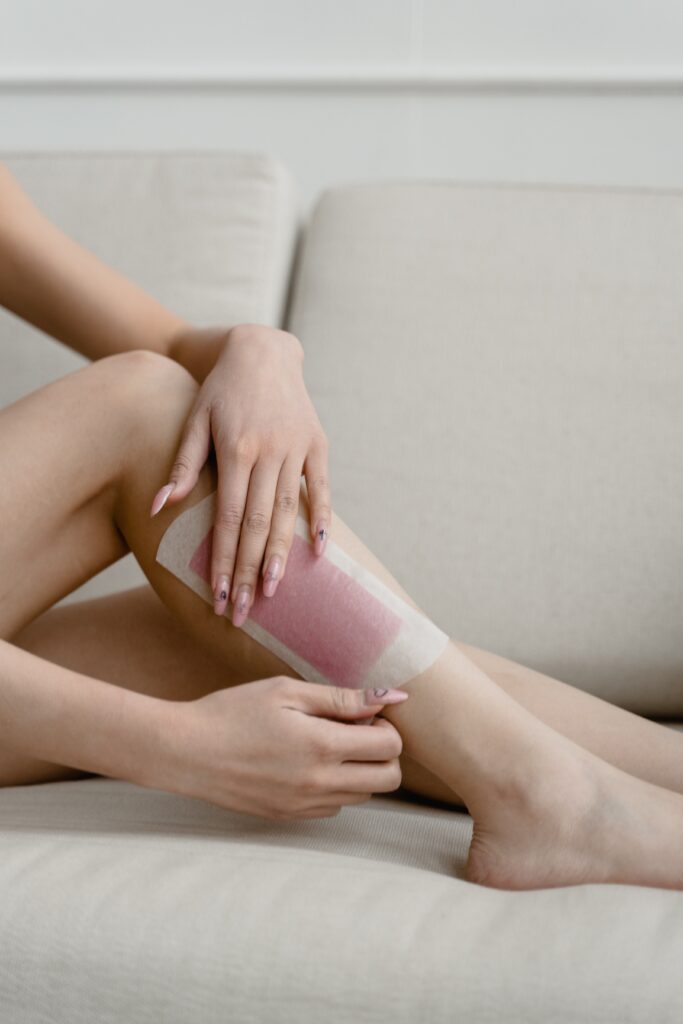How Often Should You Remove Hair From Different Body Parts

Removing hair from different parts of the body is a personal choice and can be done for a variety of reasons such as hygiene, cultural norms, or aesthetic preferences. However, the frequency of hair removal depends on several factors, including the body part, hair type, and individual preferences. In this blog, we will discuss how often you should remove hair from different body parts.
Facial hair:
Facial hair is a common concern for many women and some men. The frequency of hair removal from the face varies depending on the method used. If you opt for shaving, you may need to shave every other day. However, shaving can cause razor burn and ingrown hairs, which can be painful and unsightly. Waxing, on the other hand, can last for up to four weeks, but it can be painful and may cause redness and inflammation. Threading and depilatory creams are other options that can be done every two to three weeks.
Underarms:
The underarm area is prone to sweating, which can cause odor and discomfort. Therefore, many people choose to remove hair from this area regularly. Shaving can be done every two to three days, while waxing can last for up to six weeks. However, if you have sensitive skin, waxing may cause redness and irritation.
Legs:
Leg hair removal is a personal choice and can be done for aesthetic reasons. Shaving is the most common method, and it can be done every two to three days. Waxing can last for up to six weeks, but it can be painful and may cause redness and inflammation.
Bikini area:
Hair removal in the bikini area is a personal choice and can be done for aesthetic and hygiene reasons. Shaving can be done every two to three days, but it can cause razor bumps and ingrown hairs. Waxing can last for up to six weeks, but it can be painful and may cause redness and inflammation. Laser hair removal is another option that can provide long-term results.
Arms:
Hair removal from the arms is a personal choice and can be done for aesthetic reasons. Shaving can be done every two to three days, while waxing can last for up to four weeks. However, if you have sensitive skin, waxing may cause redness and irritation.
Chest and back:
Hair removal from the chest and back is more common among men, but some women may also opt for it. Shaving can be done every two to three days, but it can be challenging to do on your own. Waxing can last for up to six weeks, but it can be painful and may cause skin irritation. Laser hair removal is also an option that provides long-term results.
Feet:
Hair removal from the feet is common for aesthetic reasons. Shaving can be done every two to three days, while waxing can last for up to four weeks. However, if you have sensitive skin, waxing may cause redness and irritation.
Arms and hands:
Hair removal from the arms and hands is less common, but some people may choose to do it for aesthetic reasons. Shaving can be done every two to three days, while waxing can last for up to four weeks. However, if you have sensitive skin, waxing may cause redness and irritation.

Pubic area:
Hair removal from the pubic area is a personal choice and can be done for aesthetic and hygiene reasons. Shaving can be done every two to three days, but it can cause razor bumps and ingrown hairs. Waxing can last for up to six weeks, but it can be painful and may cause redness and inflammation. Laser hair removal is another option that can provide long-term results.
Upper lip:
Hair removal from the upper lip is a common concern for many women. Shaving is not recommended for this area, as it can cause stubble and razor bumps. Waxing and threading are the preferred methods, and they can be done every two to three weeks.
Chin:
Hair removal from the chin is also common among women. Shaving is not recommended for this area, as it can cause stubble and razor bumps. Waxing and threading are the preferred methods, and they can be done every two to three weeks.
Ears and nose:
Hair removal from the ears and nose is more common among men, but some women may also opt for it. Trimming is the preferred method, and it can be done every two to three weeks.
Eyebrows:
Hair removal from the eyebrows is a common concern for both men and women. Shaving is not recommended for this area, as it can cause stubble and razor bumps. Waxing, threading, and tweezing are the preferred methods, and they can be done every two to three weeks.
Full body:
Full-body hair removal is not necessary for most people, but some may opt for it for aesthetic or cultural reasons. Waxing and laser hair removal are the preferred methods, as they provide longer-lasting results. However, they can be painful and may cause skin irritation. The frequency of hair removal from the entire body depends on individual preferences and the method used.
Stomach:
Hair removal from the stomach is less common, but some people may choose to do it for aesthetic reasons. Shaving can be done every two to three days, while waxing can last for up to four weeks. However, if you have sensitive skin, waxing may cause redness and irritation.
In summary, hair removal is a personal choice, and the frequency of hair removal from different body parts depends on individual preferences and the method used. The most common methods of hair removal include shaving, waxing, threading, and laser hair removal. The choice of method and frequency should be based on individual preferences and skin sensitivity.




